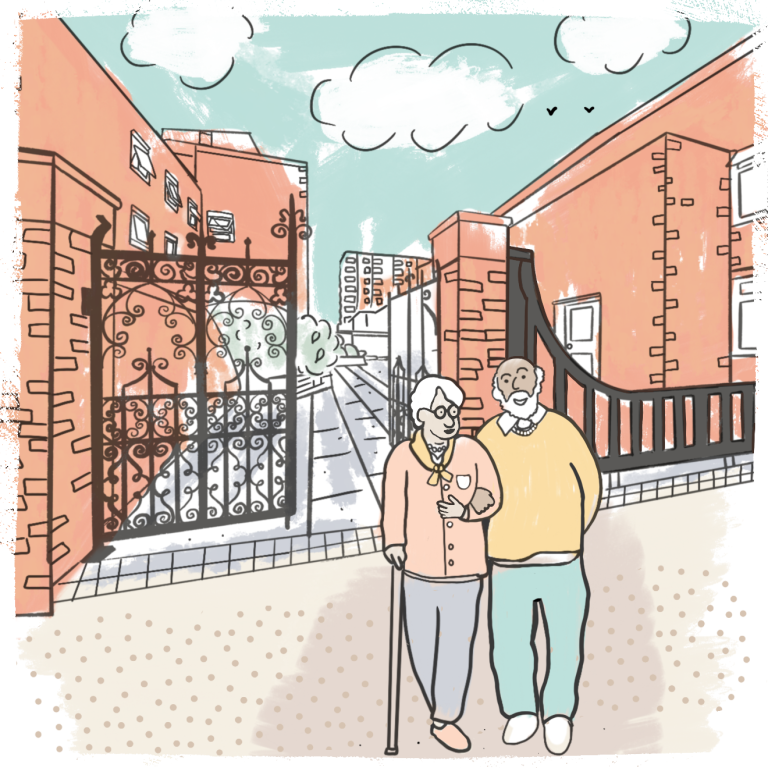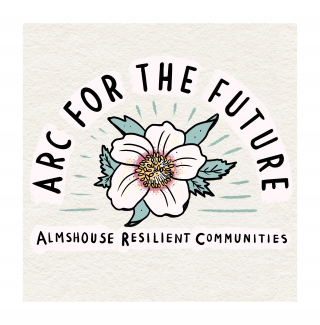Dr Niamh Murtagh discusses the link between community and individual resilience, and emphasises the critical contribution of decent housing to individual resilience and resilient communities.

We are nearing completion of data collection and have done preliminary analysis on part of our data. At our seven partner almshouse sites, we have interviewed residents, operational and senior staff and trustees, and conducted site visits and observations of buildings and spaces and their use.
In this blog, I will make the link between community and individual resilience and show how decent housing contributes to resilience. From the literature on resilience in communities, often conducted after disasters such as hurricanes and floods, we know that social capital and social networks are essential factors for resilience. In ARC’s data, we have found evidence for the importance of these concepts and have noted too the need for individual resilience. Interestingly, a resilient community does not necessarily require all of its members to be individually resilient, consistently over time. The ability to deal with changes and challenges varies not only between people but also varies for individuals at different periods and in different contexts. Someone can be vulnerable at one time but robust at another. A community with strong social links has others to support people struggling to deal with a change.
A point that is often overlooked in work on community resilience is that a resilient community is built from resilient members (even though individual resilience can wax and wane). A primary implication is that factors which contribute to individual resilience also strengthen community resilience. Looked at the other way, if enough community members are not feeling strong in dealing with a challenge, the resilience of the community itself is undermined.
Among the important factors for individual resilience in evidence in our data, a theme was noted around safety, security and stability for residents. Residents compared where they lived before and, in some cases, described local criminality, anti-social behaviour and drug-addiction problems in the neighbourhood. In comparison, they felt very safe in their almshouse home and this meant much less stress for them. Beyond physical safety, the financial security was also important – they felt that they no longer needed to worry that they would not be able to afford high rents. In particular, being an almshouse resident meant that they had the stability to focus on what was important in their lives, to put down roots and to develop their social networks with other residents if they wanted.
These factors were very significant for the residents and there was a sense that their move to almshouse accommodation relieved them of multiple worries relating to safety, financial security and stability. In addition, residents were very content with the effective maintenance schedules for their homes, with issues being dealt with rapidly.
In sum, decent housing which is affordable, secure and well-maintained was critical in relieving stress and worry for residents, and building their capacity for dealing with change. For resilient communities, provision of decent housing is fundamental.
 Close
Close


